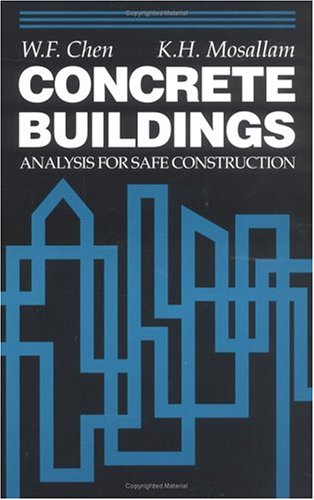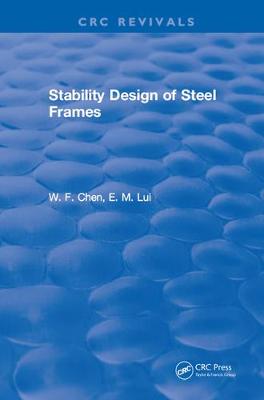New Directions in Civil Engineering
2 primary works • 3 total works
Book 2
Concrete Buildings Analysis for Safe Construction
by W F Chen and Khalid H. Mosallam
The most critical state of a structure's lifetime is during construction; many more disasters occur during construction than after projects have been completed. This book helps readers to determine construction loads; understand performance criteria during construction; prevent construction delays; maintain structural strength and stability; find relevant codes and standards; learn methods of shoring, reshoring, bracing and guying, and completing other temporary work; spot potential hazards; eliminate construction-created structural disaster; and maximize site safety. The book also covers concrete frame analysis and provides comprehensive treatment of topics such as construction procedures and shoring scheduling.
Concrete Buildings: Analysis for Safe Construction also features a diskette that contains the computer program, SHORING2, a menu-driven, user-friendly program capable of calculating the loads imposed on shores, reshores, and slabs at every state of construction on high-rise reinforced concrete buildings. The program can also assess safety at each stage of construction.
Concrete Buildings: Analysis for Safe Construction's "back to basics" approach, realistic detailed worked examples, and emphasis on safety through the use of computer programs, will benefit structural engineers, contractors, inspectors, construction managers, building officials, and construction safety specialists. The book is an important guide for safe analysis of concrete buildings during construction.
Book 10
Analysis and Software of Cylindrical Members
by W F Chen, Wai-Kai Chen, and Shouji Toma


